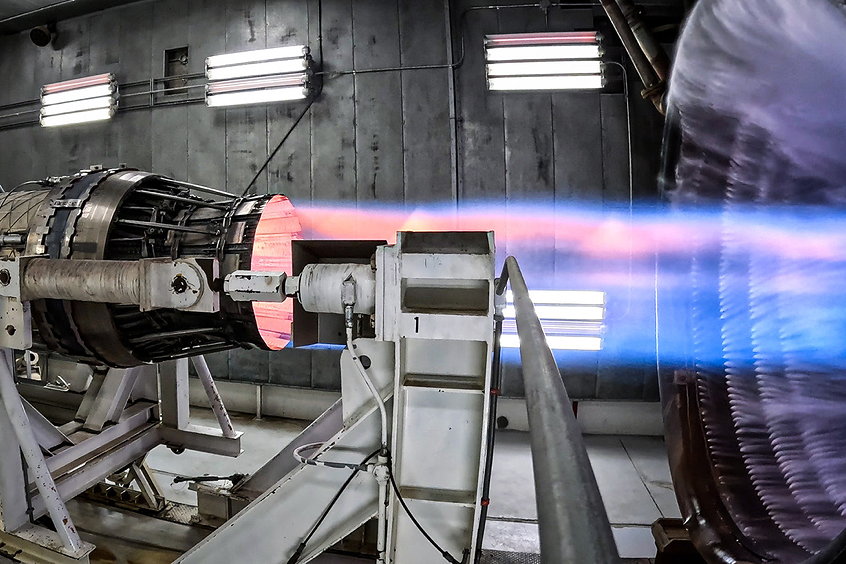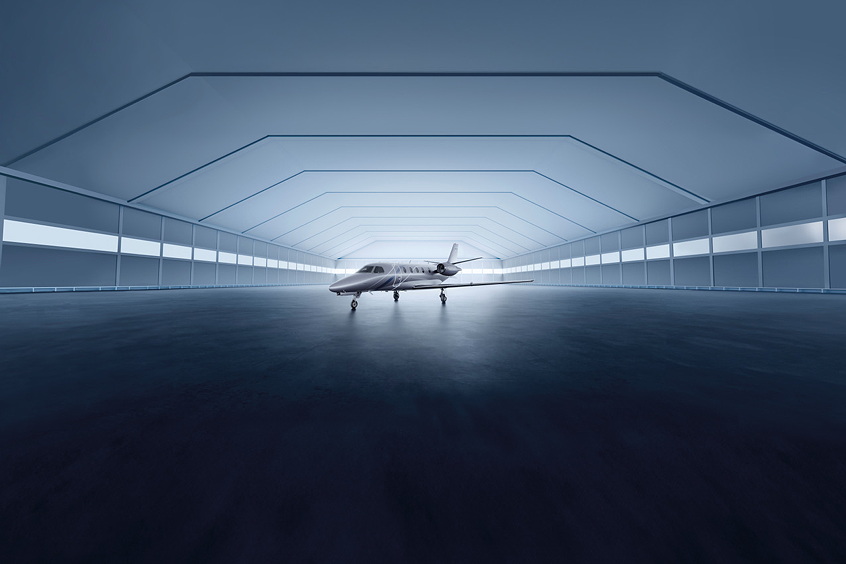PRESS RELEASE
Issued by: Collins Aerospace, Avionics Division
Rockwell Collins' next generation avionics systems are installed and in final preparations for the first flight of Boeing's 787 Dreamliner airplane. The company provides and serves as systems integrator for the airplane's flight deck display system and crew alerting system, pilot controls, communication and surveillance systems, the aircraft's common data network, and the core network cabinet.
"We're tremendously proud of our success in meeting and exceeding our program milestones for the 787 Dreamliner and eagerly anticipate the airplane's first flight," said Kelly Ortberg, executive vice president and chief operating officer for Commercial Systems at Rockwell Collins. "Rockwell Collins has been an active teammate with Boeing throughout the design and development of this new airplane. We're excited about the relationship we've built with Boeing during this process, and look forward to realizing the advancements in safety, efficiency and sustainability that will be made with our next generation avionics."
During the development and design process, Rockwell Collins has served on Boeing's 787 Partner Council and has employees working onsite at Boeing participating in day-to-day program design, integration and production activities.
Rockwell Collins content on Boeing's 787 airplane includes an integrated display system featuring five 15.1-inch diagonal LCD displays - four across the flight deck and one in the control stand for emulation of the Control Display Units (CDU) - as well as dual LCD head-up displays (HUD). The system utilizes cursor control devices and a multi-function key pad for data entry and retrieval. Rockwell Collins employed advanced model based development processes and tools to make significant reductions in development cost, cycle time and life cycle costs typically associated with display systems.
The 787 flight deck also features Rockwell Collins' latest generation of pilot controls - further advancing the company's leadership in design, integration and manufacturing of this technology. Rockwell Collins has developed the control stand including auto throttles, and pitch, roll, yaw and primary flight controls, as well as their interfaces to the aircraft's fly-by-wire systems. The modular design of the pilot controls will simplify installation and maintenance. This new system meets Boeing's objective of providing operators with a look and feel similar to the Boeing 777, while achieving significant weight savings.
Rockwell Collins provides a newly developed Integrated Surveillance System (ISS) for the 787. This highly integrated system includes functions such as hazard detection, traffic alert and collision avoidance, Mode S surveillance, and terrain awareness and warning capabilities.
The 787's communication system includes Rockwell Collins' VHF-2100, SAT-2100 and HFS 900D. The lighter weight, highly reliable VHF-2100 is VDL Mode 2 capable with future growth to VDL Mode 3 and 4. The new, smaller and more reliable SAT-2100 supports the International Civil Aviation Organization's safety services, as well as three channels of voice communications and offers growth to future Inmarsat Swift high-speed data capabilities. As part of the communications package, Rockwell Collins is also providing a state of the art digital flight deck audio system, and the cockpit voice and flight data recording system.
The Core Network, offered as basic on the 787, leverages Rockwell Collins' investment in Information Management products. This next generation of the Core Network plays a key role in Boeing's objective to 'e-enable' the entire aircraft. Utilizing commercial open standards, the Core Network hosts a wide range of third-party applications, and manages onboard information flow, to improve airline operational efficiency.
The 787's Common Data Network (CDN) advances Rockwell Collins' leadership as a supplier of advanced networking technologies. As a key component of GE Aviation Systems' Common Core System, the CDN is a high integrity, bi-directional fiber optic and copper network that uses ARINC 664 protocols and standards to manage the information flow between the aircraft's onboard systems. Based on commercial Ethernet technology, adapted to the avionics environment, the integrity and deterministic characteristics of Rockwell Collins' CDN allows systems integrators to utilize this network for systems requiring a high level of data criticality. The CDN offers significant improvements over current generation data buses including expanded connectivity, higher data rates and significant reductions in aircraft weight when compared with point to point topologies.
In addition to leadership and engineering support, Rockwell Collins has used its service center in the region - the Kent Service Center - to actively support the program. Much of the work for 787 has been done at the company's facilities in Iowa; Melbourne, Fla.; Irvine, Calif.; and Portland, Ore.
| Contact details from our directory: | |
| Boeing Commercial Airplanes | Airframer |
| Collins Aerospace, Avionics Division | Head-Up Displays, Radio Communications Equipment, Moving Maps, Enhanced Vision Systems (EVS), LCD Displays, Engine Indicator Instruments, Cabin Management Systems, Automatic Flight Control Systems, Inflight Entertainment, Automatic Direction Finders, Cabin Address Systems, Autopilots, Radar/Radio Altimeters, Distance Measuring Equipment, VOR (Omnirange) Receivers, Avionics Management Systems, Air-to-Ground Data Links, Multi-Mode Receivers (MMR), Engine Control Quadrants, Control Panels, Aircraft & Helicopter Controllers, Collision Avoidance Systems/TCAS, Helmet-Mounted Displays (HMD), Weather Mapping Radar, Inertial Components & Systems, Attitude and Heading Reference Systems, Navigation Antennas, Transceivers, Flight Recorders, Cockpit Printers, Flight Directors, Flight Management Systems, Electronic Flight Instrument Systems, Air Data Computers, Onboard Computers, UAV Control Software, GPS, Simulation Systems, Surveillance/Air Defense Radar, Engine Controls, Terrain Awareness and Warning Systems, Horizontal Situation Indicator, Instrument Landing Systems, Command, Control & Intelligence Systems, Airborne Communication Systems, Cockpit Video Displays, Onboard Intercom Systems |
| Related aircraft programs: |
| Boeing 787 Dreamliner |
| Related directory sectors: |
| Warning Systems |
| Navigation Aids (Airborne) |
| Indicators and Instruments |
| Flight and Data Management |
| Communications (Airborne) |
| Avionic Components |
Weekly news by email:
See the latest Bulletin, and sign up free‑of‑charge for future editions.

Hermeus begins precooler testing with P&W F100 engine

Citation Ascend programme advances with certification tests and flight testing

Lilium to expand industrial footprint in France
